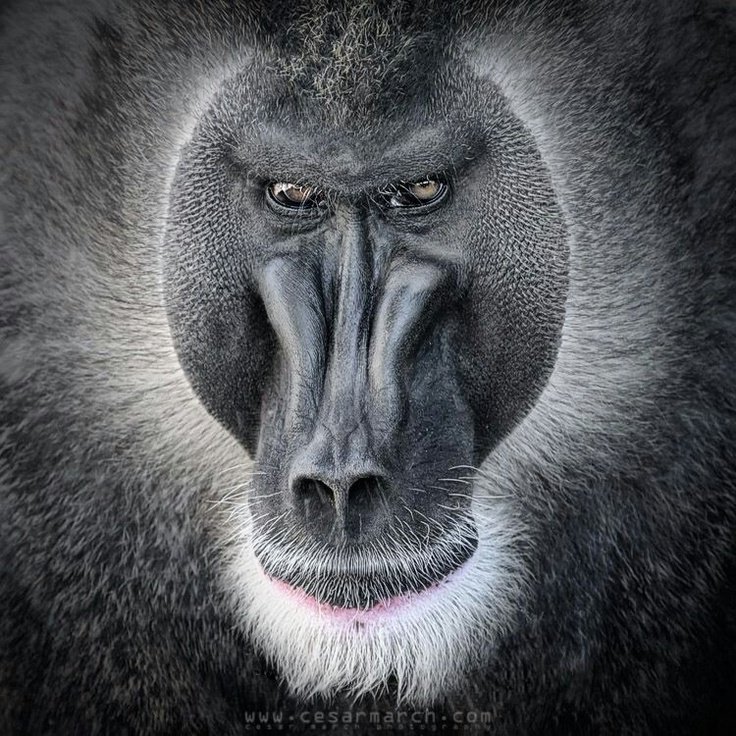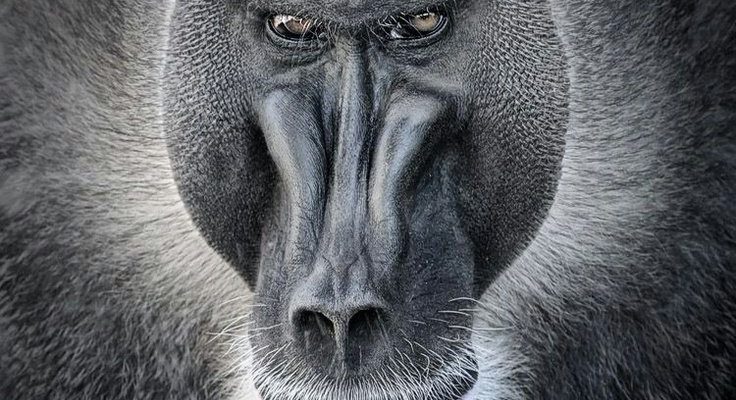
When we think about baboons, we might picture them as loud, aggressive creatures that steal food and cause mischief. But there’s so much more to these primates than their cheeky reputations. Understanding the truth about baboons can help us appreciate their complex social lives, intelligence, and the roles they play in their ecosystems. So, grab a cup of coffee, and let’s chat about what you might have gotten wrong about baboons!
Myth 1: Baboons Are Just Like Monkeys
You might hear people use the terms “baboon” and “monkey” interchangeably, but that’s not accurate. Baboons are actually part of a specific group called Old World monkeys, which distinguishes them from their New World counterparts.
Old World monkeys, including baboons, have distinct features like *narrow noses* and *non-prehensile tails*. In contrast, New World monkeys have broader noses and often possess prehensile tails, which they use like an extra hand for swinging through trees. Instead of swinging through the branches, baboons are more likely to be seen on the ground, foraging for food.
Here’s the thing: when you see a baboon, think of it as a unique primate that has adapted to its own environment, rather than just a monkey with a different name. This distinction helps us appreciate the diversity within the primate family!
Myth 2: Baboons Are Aggressive and Hostile
Another common misconception is that all baboons are aggressive and will attack at the slightest provocation. While it’s true that they can be protective of their territory and troop members, like any social animal, their behavior is more nuanced than that.
Baboons live in complex social structures called troops, which can include up to 100 individuals. Within these groups, they have intricate relationships, much like a community of humans. They groom each other, share food, and have social hierarchies. Yes, they can exhibit aggressive behavior, especially when it comes to competition for resources or during mating season, but most of the time, they prefer to avoid conflict.
By understanding their social dynamics, you can see that baboons are much more than just aggressive animals; they are social beings with strong bonds and diverse personalities.
Myth 3: Baboons Are Only Found in Africa
While it’s true that the majority of baboon species are native to Africa, many people think they’re exclusively found there. The truth is a bit more complex. There are five species of baboons, and they inhabit various environments across the African continent.
However, a few species have also adapted to life in the *Middle East*, particularly in areas like *Saudi Arabia and Oman*. These regions have similar habitats to their African counterparts, which means baboons can thrive beyond the borders of Africa.
So, if you thought baboons were just an African phenomenon, it’s time to rethink that! Their adaptability speaks volumes about their survival skills.
Myth 4: Baboons Eat Anything
You might picture a baboon rummaging through garbage cans or stealing picnic food, but their diet is actually much more varied and interesting. Baboons are omnivores, which means they eat both plants and animals, but their diet is primarily made up of *fruits, seeds, and grasses*.
In addition to plant matter, they will also eat insects, small mammals, and occasionally even a bird’s eggs. However, they don’t just munch on whatever they find. Baboons are quite selective and tend to forage for the most nutritious options available.
So while they may be known for stealing food, it doesn’t mean they’ll consume just anything in sight. Their foraging choices are a testament to their survival instincts.
Myth 5: Baboons Have No Natural Enemies
It’s easy to assume that baboons, with their size and strength, have nothing to fear in the wild. But that’s a myth! Baboons face threats from various predators, including *lions, leopards,* and *hyenas*.
To stay safe, baboons often live in large troops, which helps them keep watch for danger while also providing support when needed. Their loud calls can warn other troop members of an incoming predator, enabling quick escape.
Not only that, but young baboons are particularly vulnerable and have to be closely guarded by adult males and females in the troop. So, while they might seem tough, they have to keep their wits about them to survive.
Myth 6: Baboons Are Not Intelligent
Many people underestimate the intelligence of baboons, thinking they’re just wild animals with no real smarts. However, research shows that these primates are incredibly clever! Baboons have a complex social structure and exhibit behaviors that demonstrate problem-solving abilities, communication skills, and even use of tools.
For instance, they have been observed using stones to crack open nuts or dig for food. Additionally, baboons have been known to form alliances and strategize when it comes to social interactions, which showcases their cognitive abilities.
When you consider how versatile their behaviors can be, it’s clear that baboons have a level of intelligence that deserves recognition.
Myth 7: Baboons Are Loners
It’s a common idea that baboons prefer to be solitary creatures, but that’s far from the truth. As we’ve touched on, baboons are incredibly social animals. They thrive in structured groups called troops, where they build strong bonds with other individuals.
These troops have complex hierarchies, with clear roles for each member. Social grooming is a big part of their interactions, which helps strengthen these bonds and maintain peace within the troop.
So, if you think of a baboon as a lone wolf, think again! Their social nature plays a huge role in their well-being and survival.
Baboons are fascinating animals, filled with complex behaviors and social structures that often get misrepresented. By debunking these myths, we can gain a better understanding of their roles in ecosystems and the importance of their conservation. Remember, they’re not just misunderstood monkeys; they’re intelligent, social beings with unique adaptations and behaviors.
Next time you see a baboon portrayed in media, consider all the information you’ve learned here. Understanding the truth about these primates fosters respect and appreciation for the wildlife that shares our world. So, let’s continue to learn about and protect these incredible animals together!

